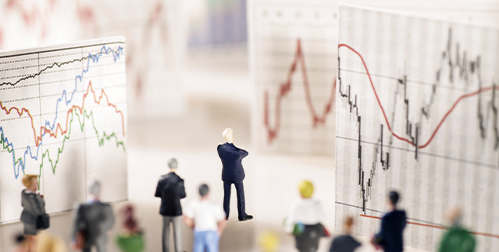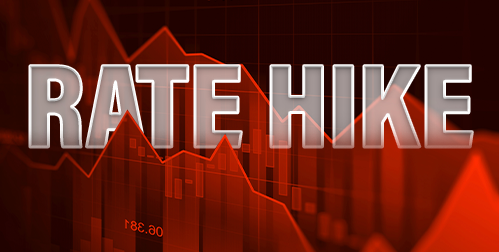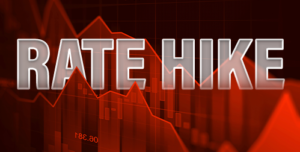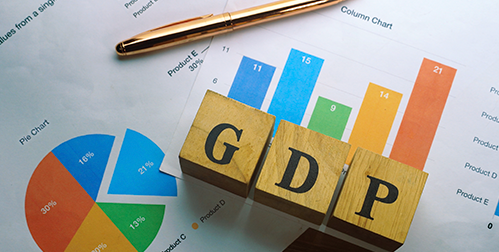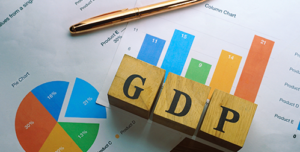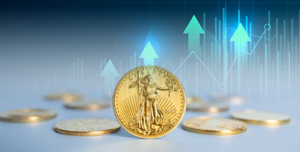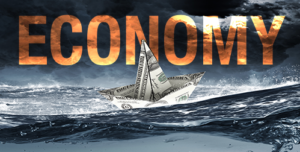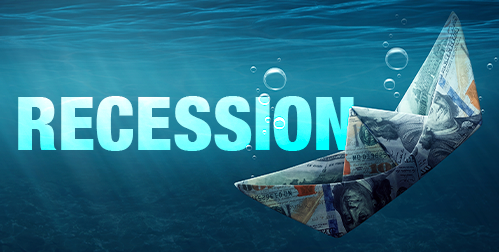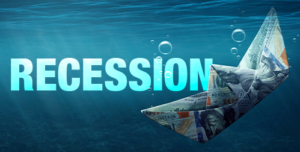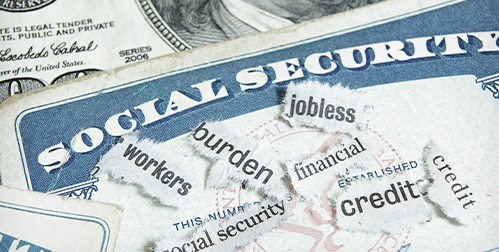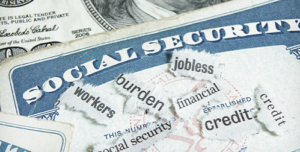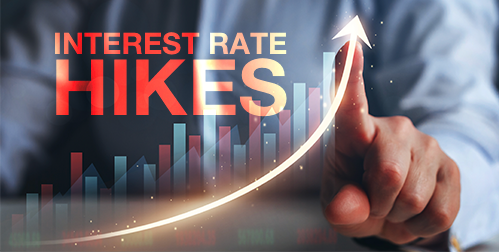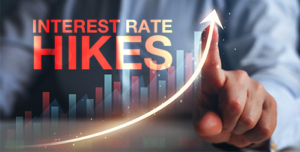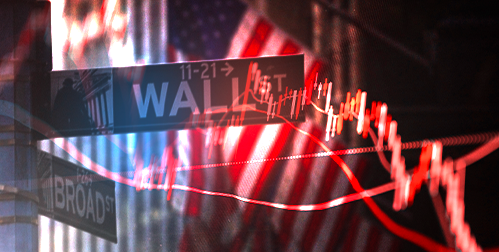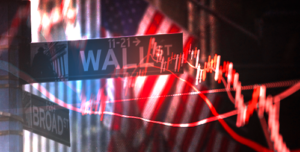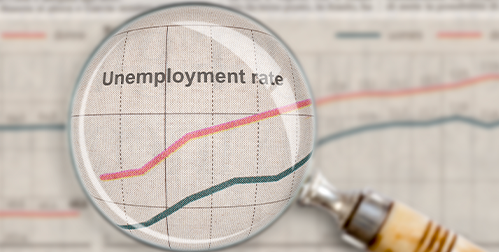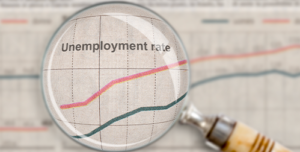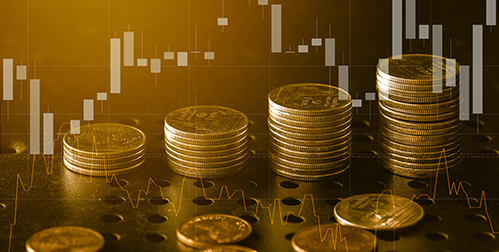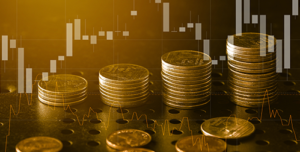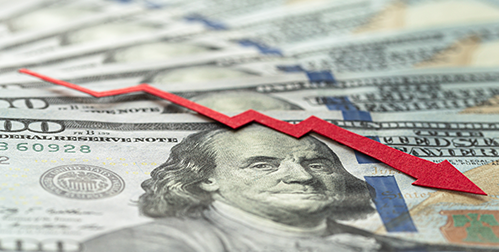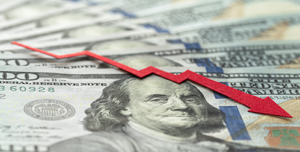- The latest Consumer Price Index report showed inflation is at 7.7%
- Continued high inflation will fuel the Fed’s aggressive interest rate hikes
- Stock market volatility increased as investors fear a major crash
New Inflation Data Released
The US Consumer Price Index was released today. Inflation is now at 7.7%. That is down from 8.2% previously. Elevated inflation has proven to be persistent. It has been running at 40-year highs for more than 8 months now. The previous CPI report indicated the largest increase since June. Much to the frustration of the Fed, not to mention people exhausted by sky high prices, there seems to be no end sight.1
This report is squashing any hopes of a pivot away from continued aggressive interest rate hikes. The core inflation index is still three times higher than the Fed’s 2% goal. Economist fear that inflation is becoming more and more entrenched. Unless it takes a downward trajectory soon, constantly rising inflation could become a permanent fixture of the economy. The long-term damage caused would be irreparable.
Rising inflation means a fifth-straight 75 basis point interest rate hike is a possibility. We are in the middle of the most aggressive interest rate hike campaign since the 1980s. Some traders are gambling that the Fed will only do a 50 point raise. A number once dreaded is now desired. But smart money is betting on the 75 point increase.2
Higher interest rates mean more expensive debt. The bottom lines of highly leveraged companies will get worse. And stock prices will drop. This one CPI report can make the difference between a rally, a bear market or a total crash.
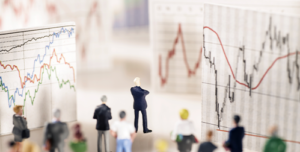
Stock Market Takes a Wild Swing
Traders expect major stock volatility from the sustained inflation. Stocks have previously fallen more than 1,200 points after a high CPI announcement. The data may be setting the stage for a total market crash in the next few days. Investors know it will empower the Fed to tighten the economy even faster. Traders are growing more uncertain. Market volatility has been escalating with every monetary announcement. Last week, the S&P 500 dropped more than 2% after Fed Chair Powell announced an expected 75 basis-point hike.3
The Fed’s forecast for peak inflation has increased after these past two CPI reports. They maintain that inflation will fall slowly due to the tight labor market. Powell said to stop inflation, the job market must soften. But that isn’t happening. A recent report showed the US added more jobs than expected in October. Earnings increased but they didn’t keep pace with inflation. Labor costs keep increasing, which businesses are passing on as higher prices. Workers are basically funding their own demise according to Fed economists.
“If the labor market is surprising us with strength and resilience, then we shouldn’t anticipate a different outcome with consumer prices,” said Carl Riccadonna, chief US economist at BNP Paribas. “One is going to follow the other. Labor is slow to turn, and the same goes for inflation.”4
Actual declines in prices will take a while to be reflected in the CPI. There is a lag between rate hikes and the results of those hikes. For this reason, everyone from CEOs to the IMF fear the Fed will overtighten the economy and drive us into recession.
Brutal inflation, market volatility and recession are the standing order of the day. The time to protect your wealth before things continue to get worse is now. Contact us today to learn how a Gold IRA can preserve your nest egg during this turbulent time. Who knows how damaging the next financial report will be?
